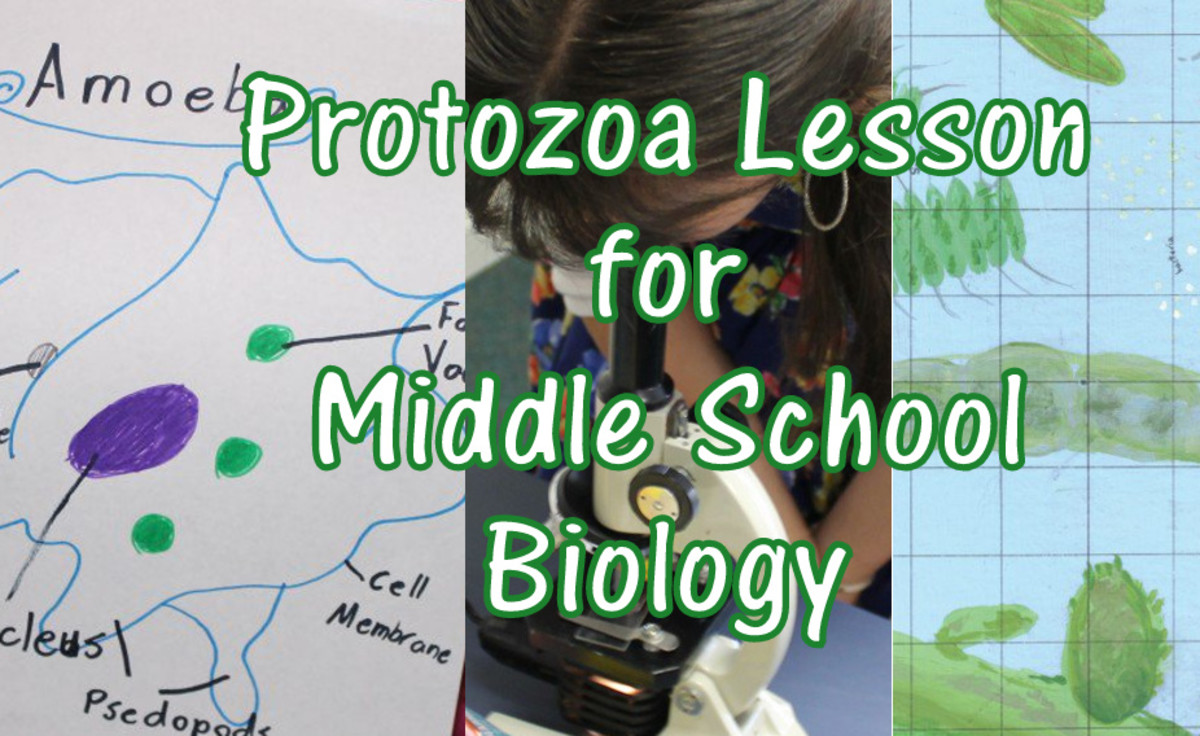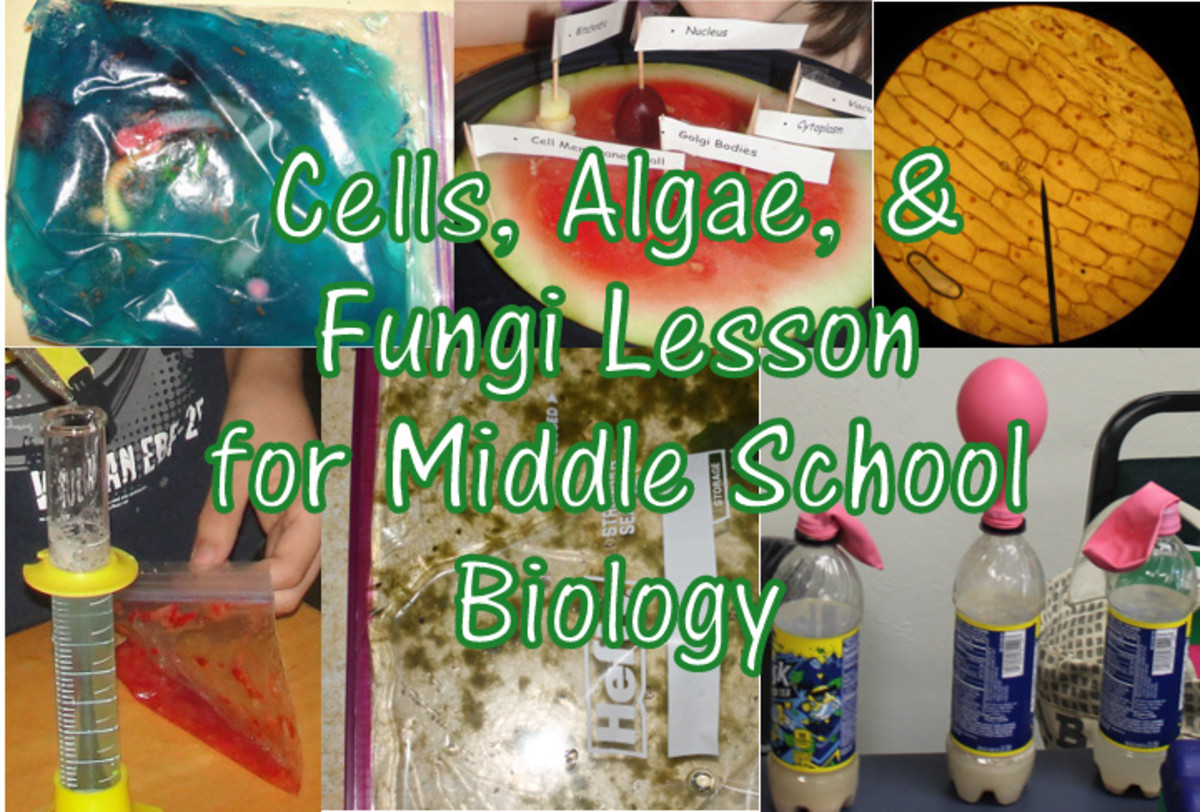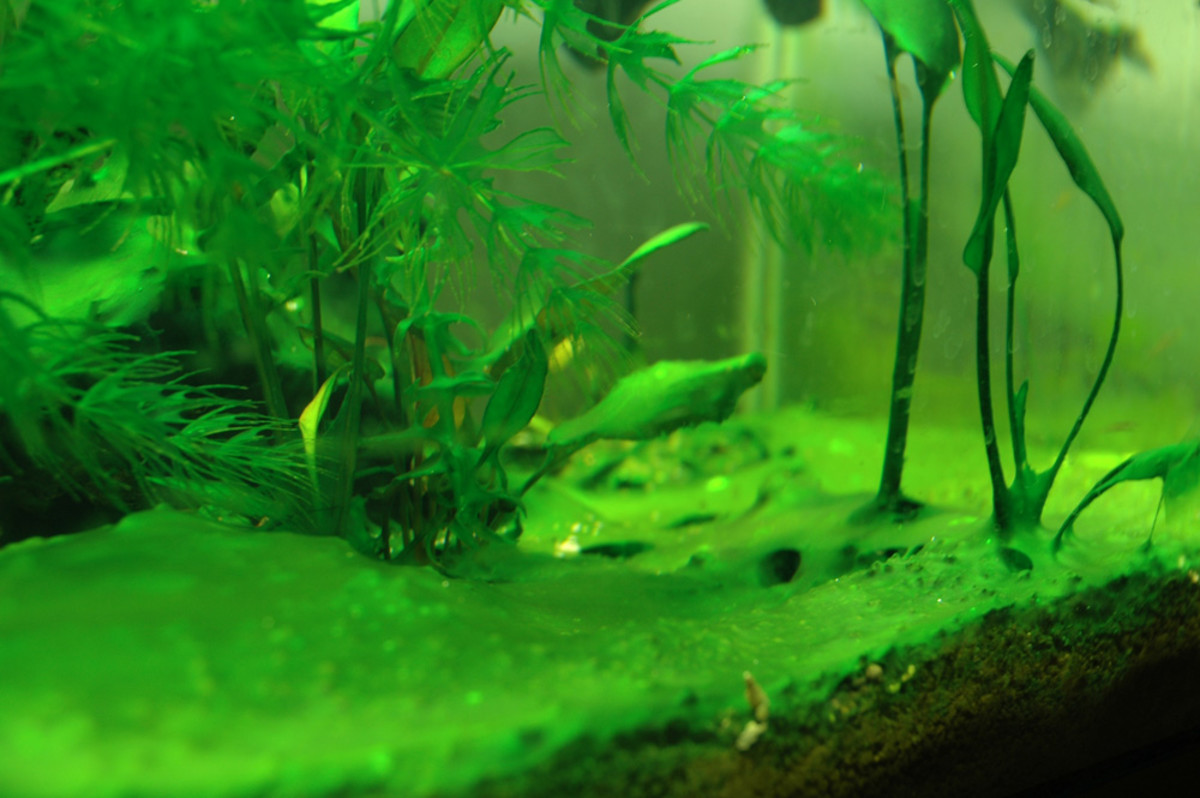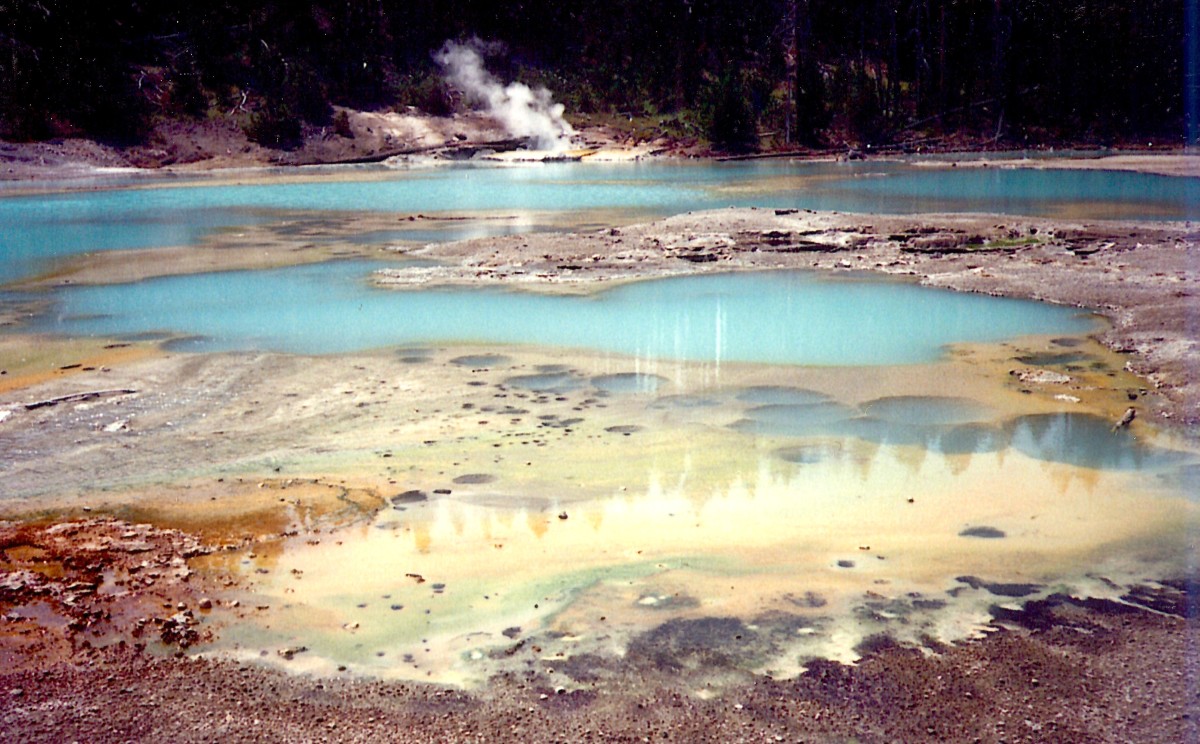What Are Food Harzards and Their Effect on Food Quality?
The Hazards of Food
THE HAZARS
A hazard is a biological, chemical or physical agent in, or condition of, food with the potential to cause an adverse health effect.
If we have expanded the purpose of conducting our HACCP plan to address product quality in all its facets, then the definition of hazards also needs to be expanded.
A hazard is a factor that will negatively affect consumer satisfaction including biological, chemical or physical agents in, or the condition of, the food with the potential ot cause an adverse health effect.
The type of hazards that exist can be broken down into the following categories:
1. Biological;
2. Chemical;
3. Physical; and
4. Quality
BIOLOGICAL HAZARDS
Biological hazard include harmful:
· Bacteria
· Fungi
· Viruses
· Parasites
· Algae
This first category can be further divided into five types.
· Bacteria e.g. Salmonella spp., Clostridium perfingens, Clostridium botulinum, , listeria monocytogenes, Campylobacter jejuni, Staphylococcus aureus, Vibrio choloerae, Bacillus careus.
· Fungi e.g Aspergillus flavus, Fusarium spp.
· Viruses e.g. Hepatits A, Rotavirus.
· Parasites, Protozoa and Worms e.g. protozoa (Gardia lamblia), roundworms (ascaris Lumbricoides), tapeworms (Taenia Saginata), flukes (fasciola hepatica).
· Algae e.g. dinoflagellates, blue-green algae, golden-brown algae.
Bacteria :- Bacterial hazards:
· Compylobacter jejuni
· Salmonella spp.
· Listeria monocytogenes
· Escherichia coli
· Yersinia enterocolitica
· Bacillus cereus
· Staphylococcus aureus
· Clostridium borulinum
There are thousands of different types of bacteria. “Good” bacteria are used to make food like cheese, yoghurt, beer and wine. However these bacteria; may become hazardous when found in foods where they shouldn’t be or when there are too many of them. Hazardous bacteria cause tetanus, pneumonia, tonsillitis, meningitis, and boils.
Bacteria multiply by division
Most bacteria multiply be dividing. A small number reproduce by making spores, which can survive in environments that would kill bacterial cells. When a spore finds the right conditions it becomes a normal bacterial and commences multiplication.
Food Bacteria that Cause Disease
Microorganisms are by far the most common cause of food born disease, and amongst microorganism, bacteria are the most common cause of food born disease.
Viruses
Viral Hards:
· Hepaitis A
· Rotabviruses
There are over d150 viruses which, whe they originate from food, have the potential to cause food poisoning. Viruses can only multiply in a host-an animal or human. Viruses are transmitted through the faecal-oral route. This can often occur via food and water in which the virus can survive for long periods, but not grow.
Most viruses cause viral enteritis by invading the intestinal mucosa.
These viruses may cause skin, eye, and respiratory infections, as well as meningitis, hepatitis and gastroenteritis.
Viruses are not eliminated by sewerage treatment and thus are discharged from sewerage plants into the surrounding environment. Once in the environment, they are protected by their association with faecal matter surviving in water, mud, soil, shellfish, and on vegetation that has been irrigated with recycled effluent. Fortunately, most viruses are readily killed by heat.
In food born outbreaks, viruses have come either from handlers or from sewerage contaminated water. Hence, it is important that only potable water is used in the food industry and that personnel have high hygiene standards.
Shellfish are a common source of viral food-borne disease as they are often affected by sewerage discharge and accumulate viruses.
Viruses have a low infectious dose, survive well in the environment, and correlate poorly with indicator organism. Despite this, they are difficult to detect on a routine basis. Recently, nucleic acid amplification techniques have been developed to detect the virus, however they tend to used in investigations of food borne disease outbreaks rather than in routine, proactive testing.
Food born Viruses the Cause Disease
Viruses have all been implicated in food and waterborne outbreaks of illness. In fact, figures for the United States and United Kingdom show that viruses are responsible for at least 5 to 10% of foodborne disease. Hepatitis A and Rotaviruses are the most common cause of viral foodborne disease.
Fungi
Fungi :
· Aslpergillus spp.
· Fusarium spp.
Fungi and often called moulds. Fungi can be beneficial in the production of food. For example, fungi are used to make cheeses such as blue vein and camembert. Some fungi are also used to make antibiotics such as penicillin.
A number of fungal species are capable of producing metabolites that are toxic to humans and domestic animals. These metabolites are called mycotoxins
Mycotoxins have been responsible for some major cases of foodboren disease throughout history. During the last millennium ergot has killed hundreads of thousands of people. The behaviours exhibited by those who were hunted as wit che in Salam USA during the eighteenth century have been attributed to the consumption of ergot. Alimentary toxic aleukia caused the death of more than 100,000 Russians between 1942 and 1948. in 1960, aflatoxin became the focus of attention when it killed 100,000 turkeys in the UK.
Mycotoxins may be consumed difrectly by eating the contaminated grain or indirectly be eating products produced by animals that have consumed mycotoxmins.
Food born Fungi the Cause Disease
Aspergillus
The genus aspergillus contains at least 100 species. They are widely distributed in the environment, mainly in solid and decaying vegetation, also in nuts and cereals.
The most important species of Aspergillus are A. flavors and A. parasiticus.
Parasities, protozoa and Worms
Parasitic, Protoxoa and Worms:
· Giardia lamblia
· Cryptosporidium parvum
· Taenia sagindata
· Echinococcos granulosus
· Fasciola hepatica
Parasites are organisms that need a host to survive (living on or within it). Thousands of kinds of parasites exist world wide. Only about 20 percent can be found in food or water, and less than 100 are known to infect people thjrough consumption. There are two types of parasites that can infect people through food or water: parasit worms and protozoa.
Parasites Causing Foodboren Diseases
Protozoa
About 20 slpecies of pathogenic protoxoa can be transmitted to humans through contaminated water or foods. Infection bny protozoa is more common in tropical countries than in temperate ones.
Two of the most important types of protozoa and Giardia lamblia and Crytosporidum parvum.
Worms
The larvae of parasitic worms such as flatworms (e.g. Taenia saginatabeeftapeworm), tapeworms (e.g. Echinococcos granulosus-hydatids), and flukes (e.g. Fasciola hepatica – sheep liver fluke) may infect humans through consumption of the meat of infected animals (Cattle, sheep, pigs, wild game, and fish), contaminated water, or the human faucal-oral route. Once established, these worms may remain in a human for many years.
Algae
Algae and Shellfish Toxins:
· Paralytic Shellfish poisons (PSP)
· Diarrhetic Shellfish Posions (DSP)
· Amnesic Shellfish Poisons (ASP)
· Cyanobacterial Toxins
· Ciguatera
Three types of algae-dinoflagellates, blue-green algae, and golgen-brown algae, can poison our food supply. In the rright environmental conditions, a few algal cells can multiply into dense blooms which discolor the river or sea water (e.g. red tides caused by some species of Gonyaulax or Gyumnodinium). These algal blooms are a natural phenomenon that have occurred throughout history. However, since the 1960s these blooms appear to have increased in frequency, intensityu, and geopgraphic distribution.
Algae Causing food born Disease
Some species of algae produce toxins. When humans eat shellfish that have fed on these algae they may suffer illness and even death. Unfortunately, poisonous shellfish do not look or taste different from normal ones and cooking does not destroy the toxins.
Paralytic shellfish poisons (PSP)
Paralytic shellfish toxins affect the nervous sytem causing tingling and numbness in the extremities progressing to muscular incoordination, respiratory problems and muscular paralysis. In extreme cases death occurs by asphycxiation.
Diarrhetic Shellfish Poisons (DSP)
This poison causes severe vomiting, nauseas and diarrhoea. those affected usually recover within three days and no deaths have been recorded. Dense blooms of the algal species that causes this type of poisoning can be nontoxic. At other times shellfish feeding on this algae can become toxic even when the algae numbers are low.
Amnesic Shellfish Poisons (PSP)
In s1987 in Canada, a severe outbreak of this poisoningoccurred.
Memory loss was associated with those most affected by the toxin. Some mortalities have also been caused by this poison in Canada/
Cyanobacterial toxins
Some species of freshwater blue-green algae can produce a toxin that damages the liver and affects the nervous system. One of these species produced a bloom in the Darling River (Australia ) that ran for 1000 kilometers in late 1991.
These toxins can kill humans or animals that drink from affected water as well as accumulate in shellfish.
Ciguatera
The fish that can result in ciguatera poisoning are restricted to tropical regions. Those most frequently implicatd in Australia are mackerel, barracuda, coral trout, red bass, chinamen, fish, and paddletail, these fish are caetrainly not always toxic, this varies according to tjheir diet.
Ciguatera may occur when humans consume these fish if they have been feeding on an algae called Gambier discus toxicus. Even then, the toxicity of fish can vary according to geographic location, the season, and according to the strain of Gambierdicus toxicus. Recent information suggests that Gambierdiscus toxicus may not be the only originator of the toxins responsible for ciguatera.
The initial symptoms of ciguatera occur 3 to 12 hours after consumption and include diarrhea, abdominal cramps, nausea, and vomiting. 12 to 18 hours after consumption, neurological begin. These include numbness of the lips and extremities, dental pain, convulsions, muscular paralysis, vertigo, headaches, short term memory loss, Cardiovascular symptoms such as an irregular or fast heartbeat may also occur in some people. A few victims may also suffer from the long term effects of anxiety and depression for months or years.








